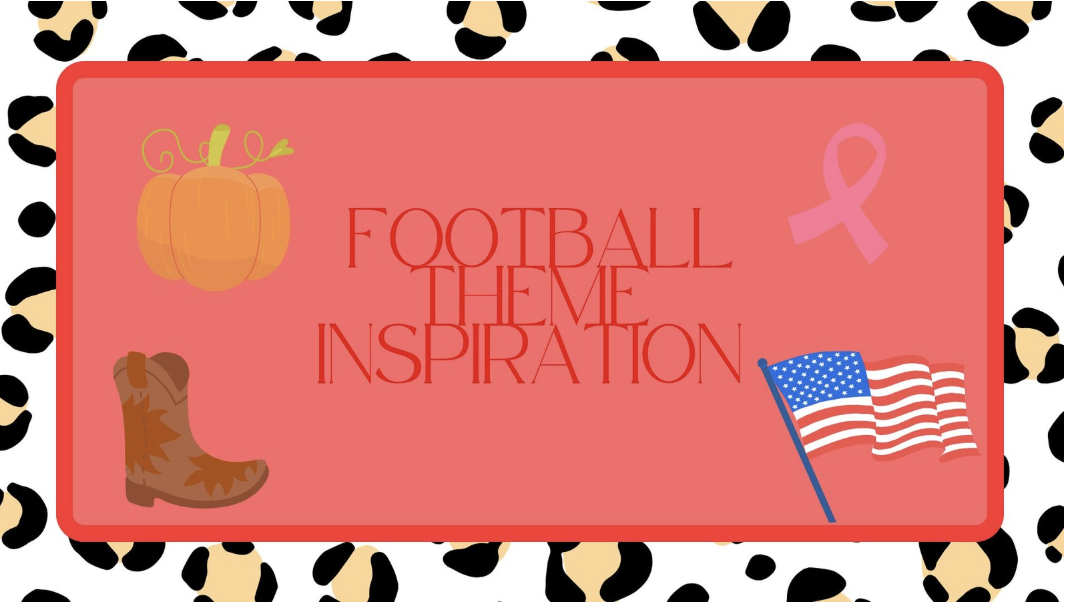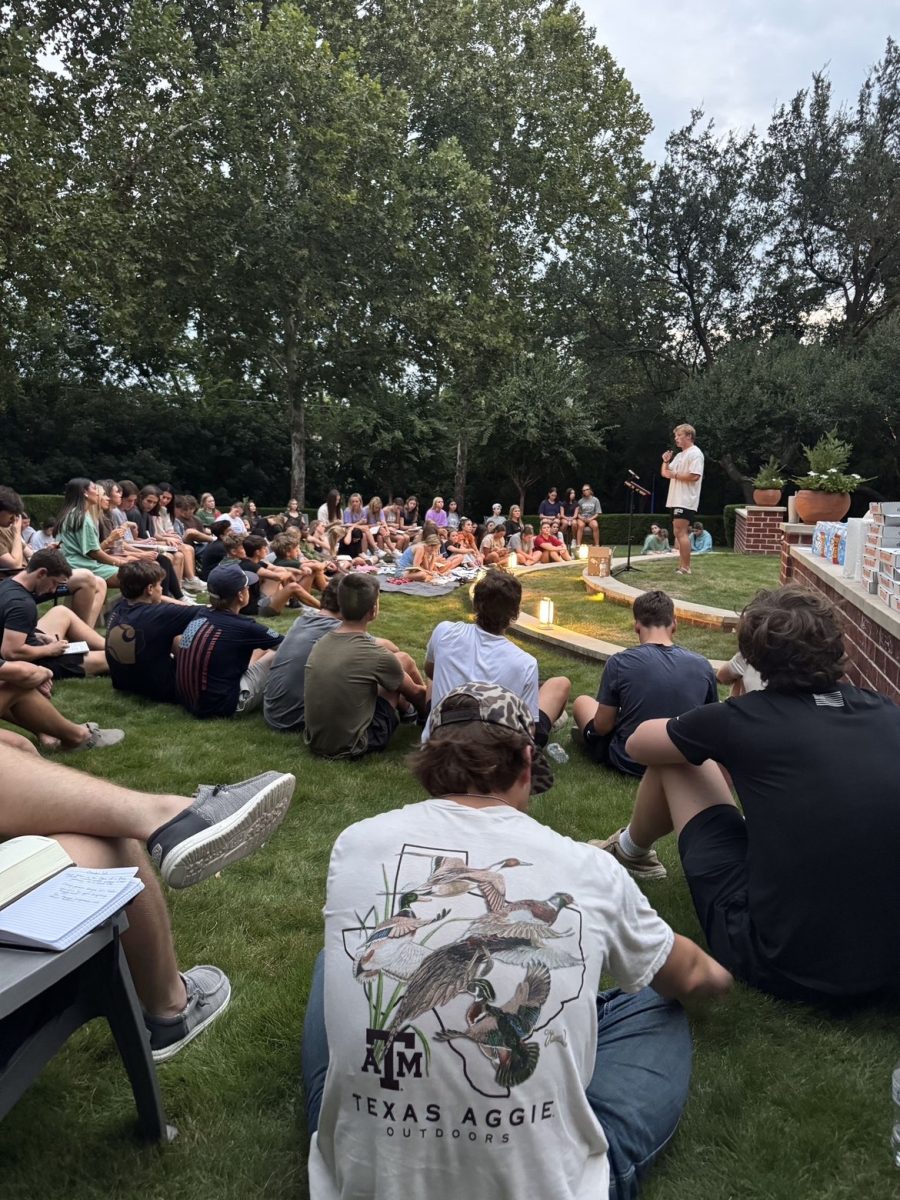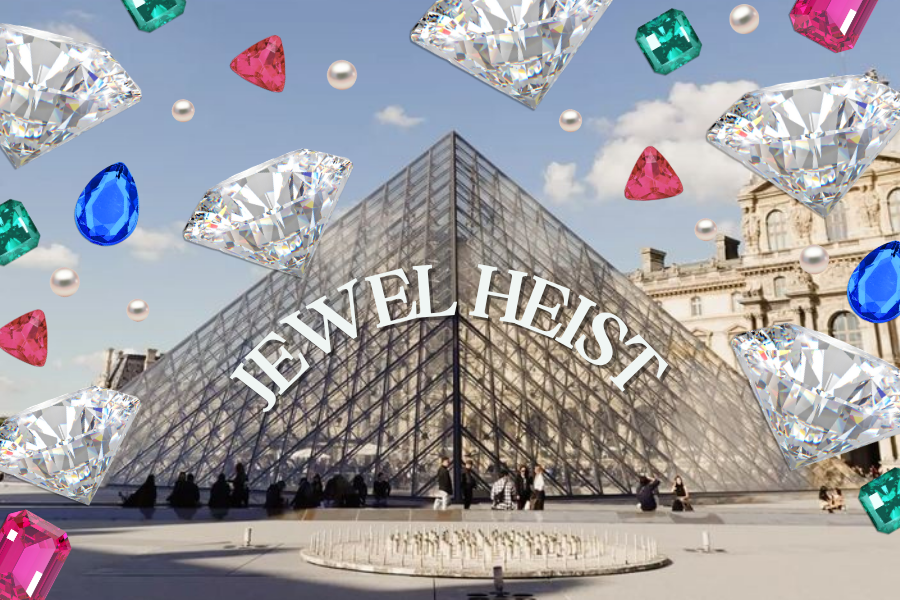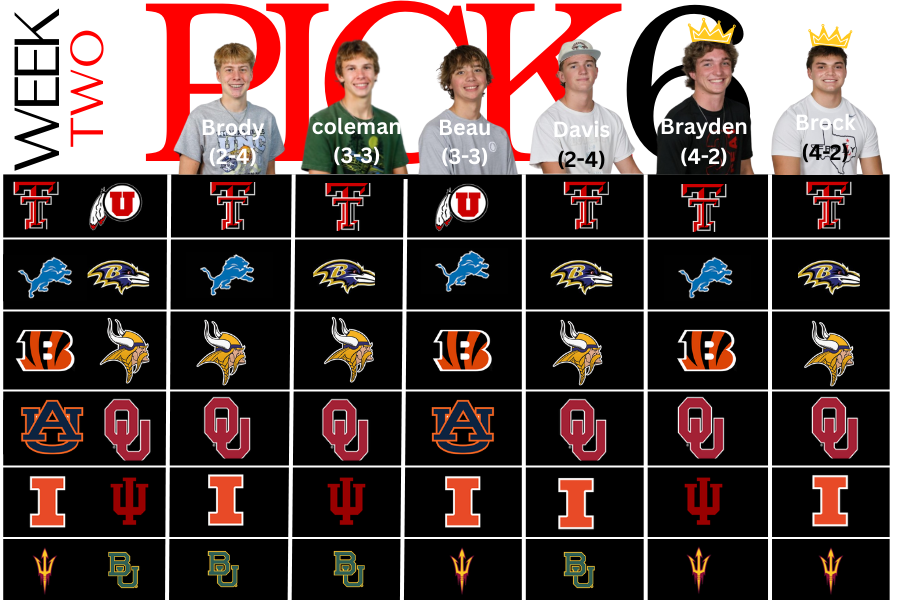While Christmas is one of the most popular holidays of the season, many people also celebrate other days. For those that don’t already know, here are some facts, that can make you appear like an expert about two other winter holidays.
Hanukkah (there are over seventeen different ways to spell Hanukkah.)
1. Hanukkah is a celebration of both national and religious freedom. It began more than 2,000 years ago, when the brutal Greek king, Antiochus, ruled over the Jewish people of Judea, and forbade them from practicing their religion. The people rose up against the king, restored their Temples, removed the Greek idols, and returned to the practice of their religion.
2. Legend has it, the dreidel game that is played during Hanukkah originated when Jewish children were not allowed to study the Torah, and, if an official came along, the children would hide their Torahs and pull out their toys, appearing to be playing a game.
3. Historically, Hanukkah was not a major holiday, and only gained popularity in the late 1800s. Additionally, gift-giving was not a part of Hanukkah tradition and was only commercialized due to its proximity to Christmas.
Kwanzaa
1. Kwanzaa colors are representative: red for the noble blood that unites all people of African ancestry, black for the people, and green for the rich land of Africa.
2. Kwanzaa is built on seven principles commonly known as “Nguzo Saba”. The principles are: umoja (unity), kujichagulia (self-determination), ujima (collective work and responsibility), ujamaa (cooperative economics), nia (purpose), kuumba (creativity), and imani (faith).
3. Kwanzaa takes place from December 26 to January 1, and is not a celebration of gift-giving or religion – rather, it is a celebration of African heritage and togetherness of family and friends. Contrary to popular belief, Kwanzaa is a relatively new holiday, established in 1966 by Dr. Maulana Karenga.















